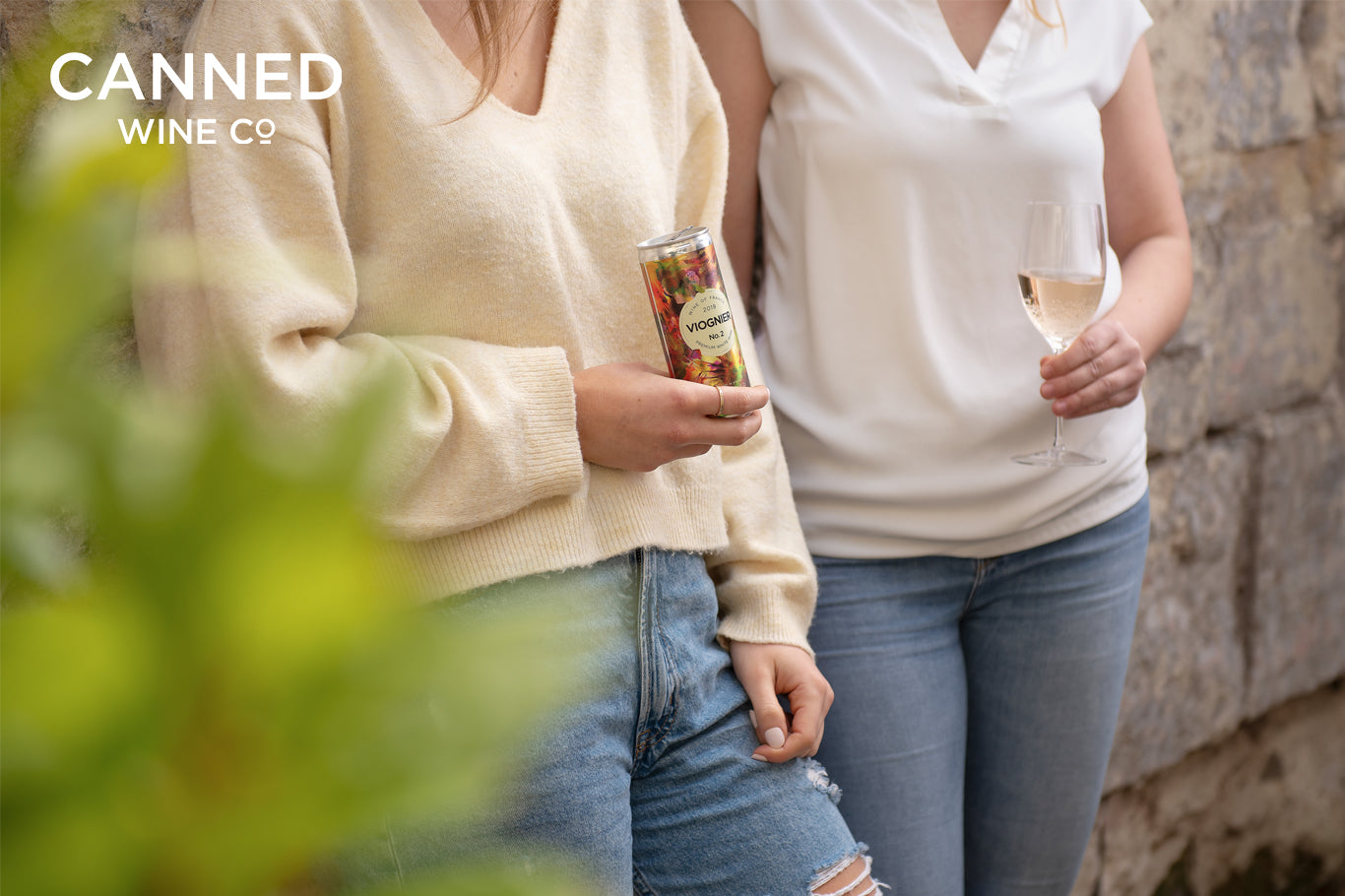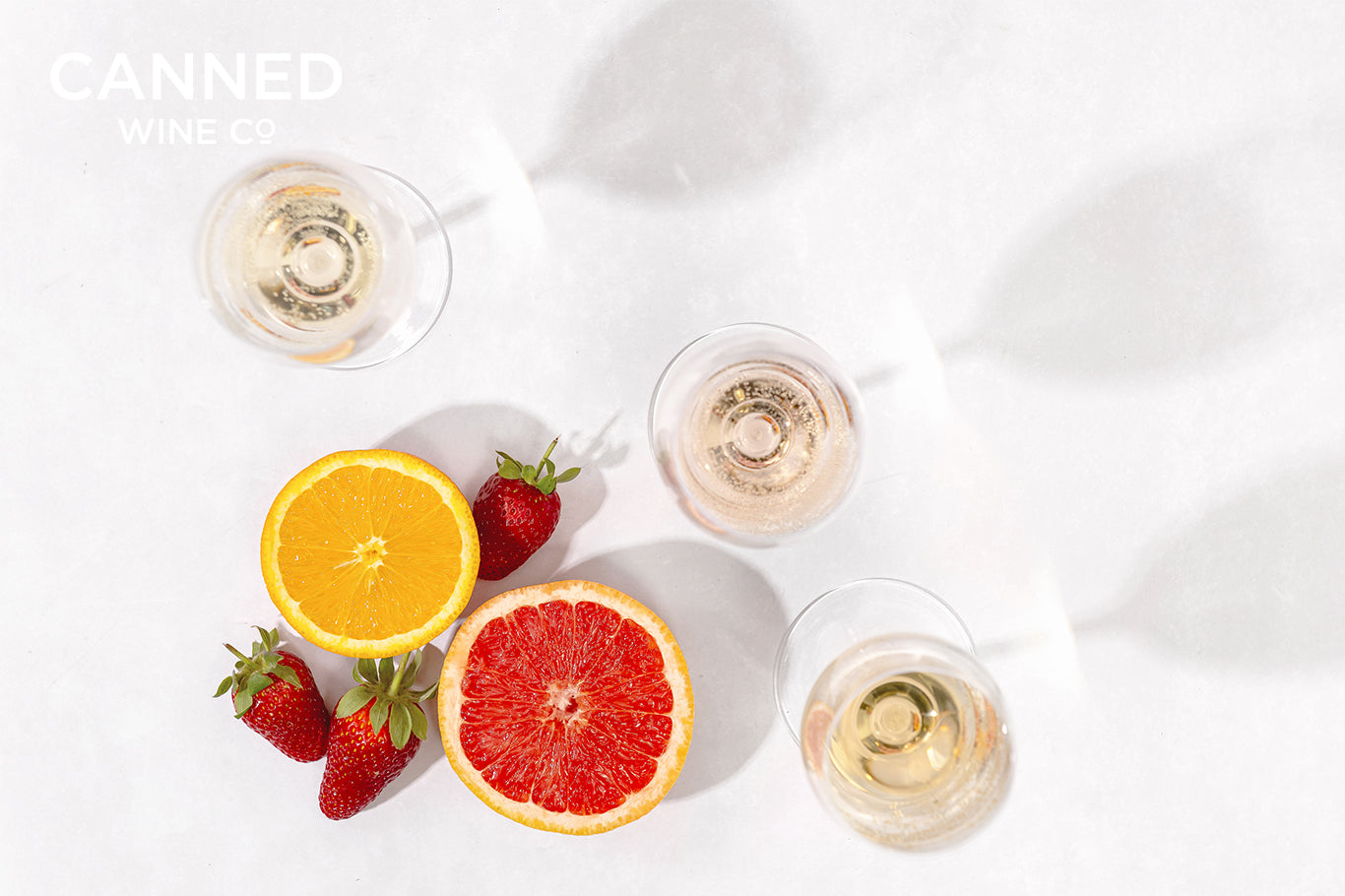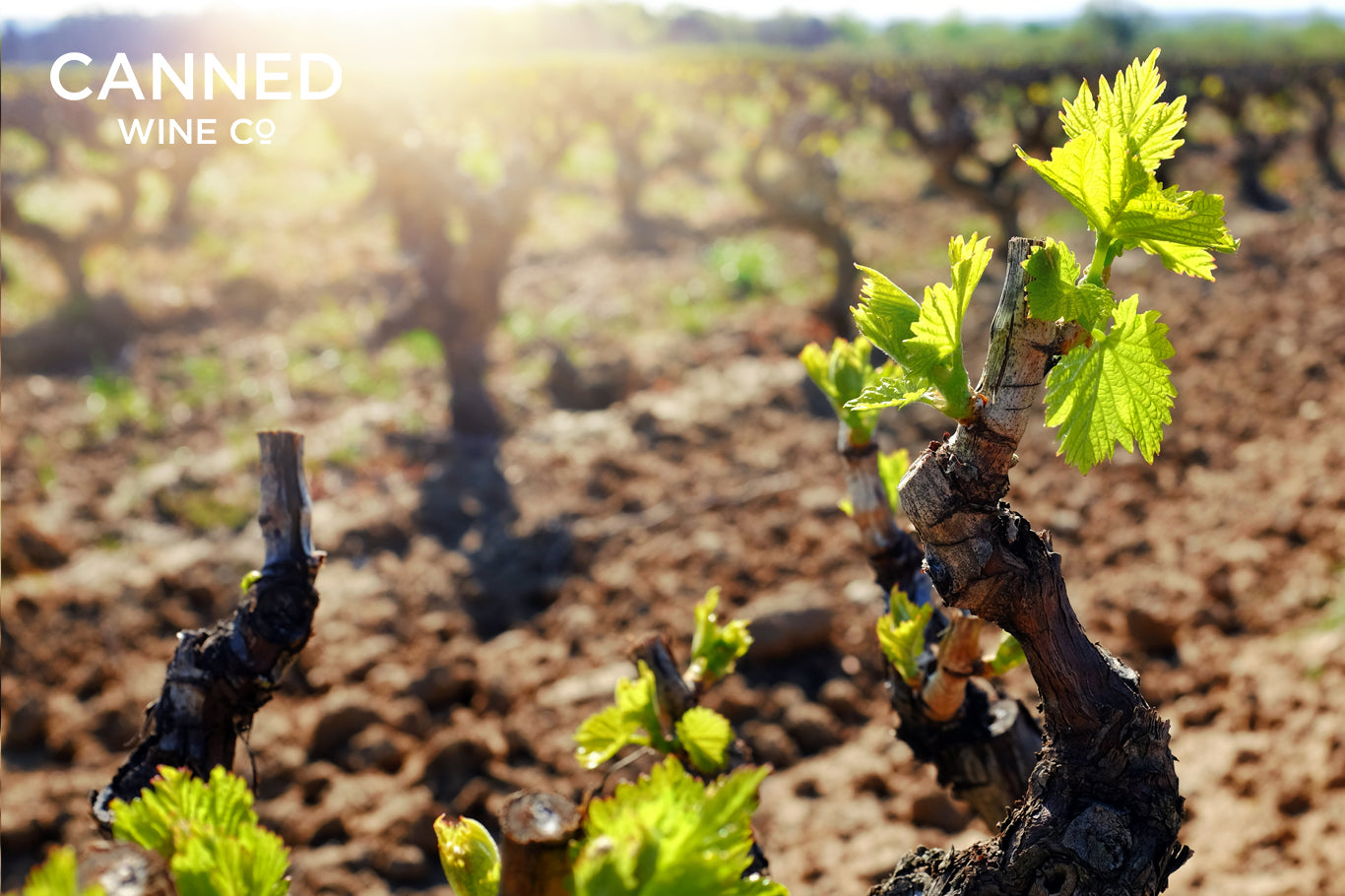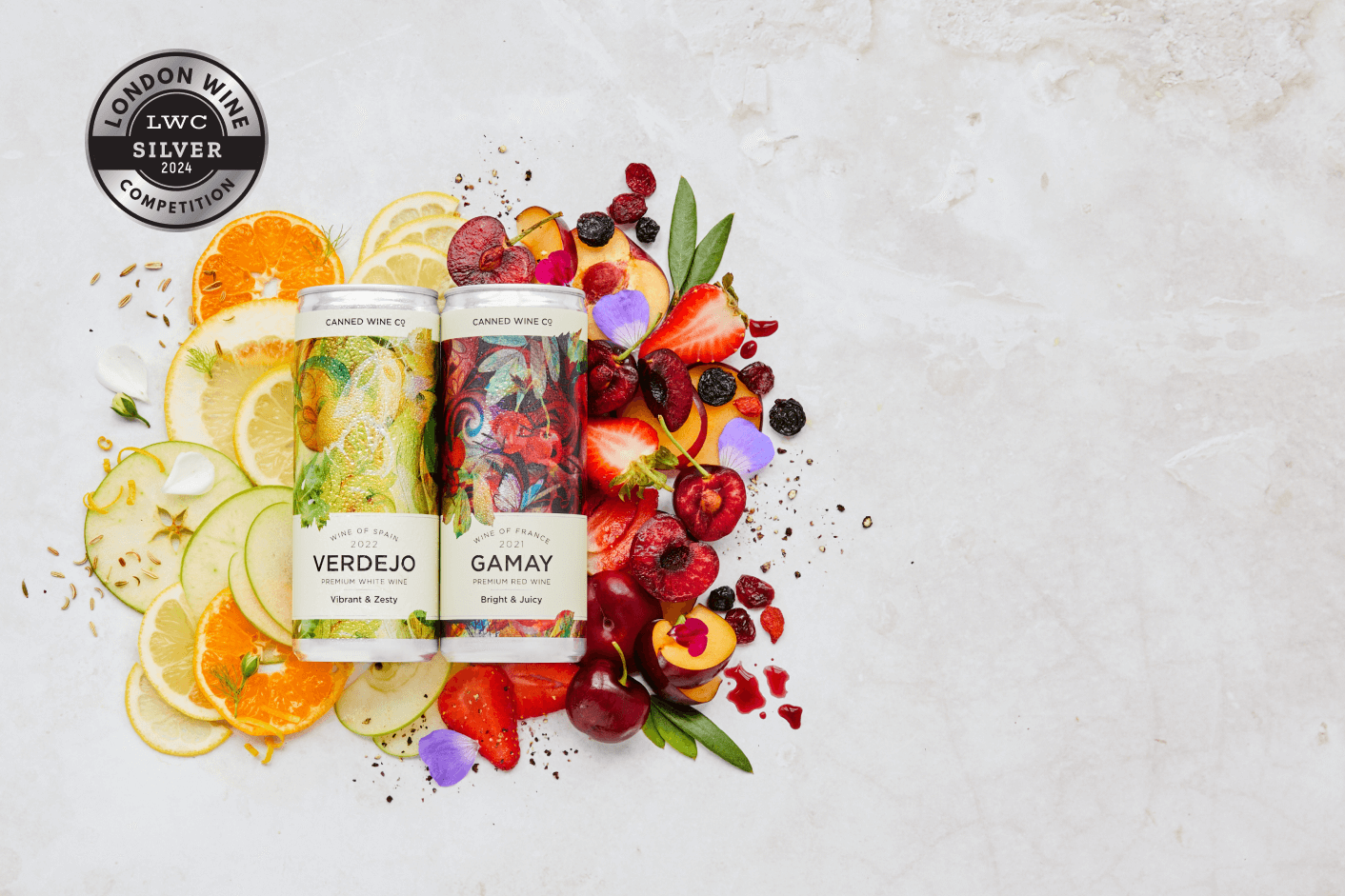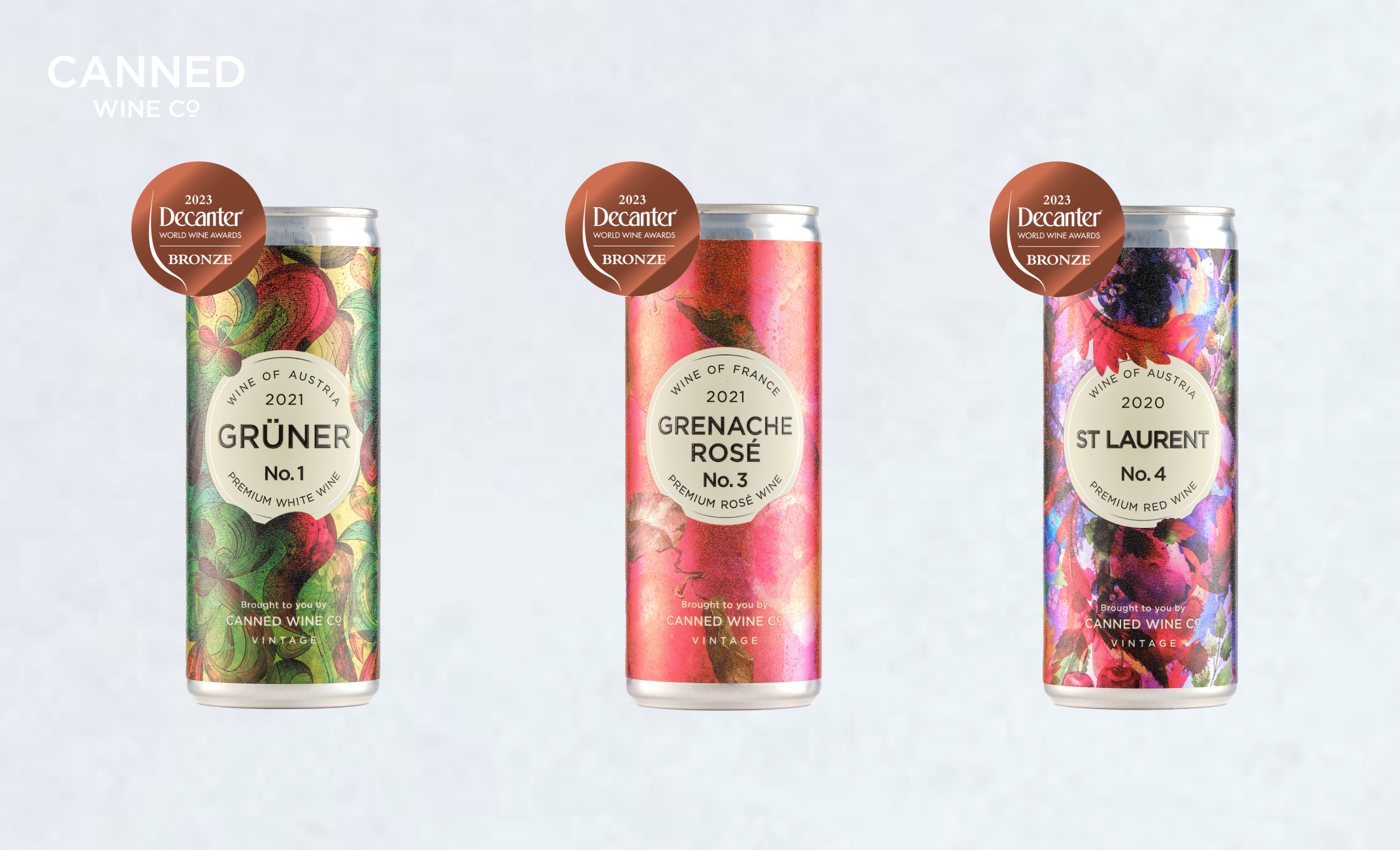France’s Viognier is growing in popularity throughout the world. Today you can discover the grape in California, Tasmania and beyond; known for its distinctive full-bodied, floral and ripe-fruit characteristics. Find out more about the ripe and velvety white wine.
Viognier is a fascinating grape variety that very nearly vanished off the face of the Earth. In 1985 only 32 hectares (80 acres) of planted Viognier were recorded globally. Today it is a major variety grown in vineyards from California to Australia.
Viognier’s origins are shrouded in mystery, with origin stories ranging from the northern Rhône to Dalmatia in Croatia. Legend tells of a Roman emperor named Probus bringing the vine to the region in 281 AD. However, by the mid-20th century Viognier was almost extinct, with the modern home of the variety, the Condrieu region in the northern Rhône, producing only eight hectares in 1965.
Since then, Viognier has grown in popularity thanks to its balance of perfume and body. Its moreish and ripe palate and soft, full-body lead to its surge in the 1980s, quickly spreading around the atlas and appearing in vineyards from California to Tasmania.
For a novel white wine try a Tasmanian Viognier for its rich herbal aromas and an acidity unique to the region. The region isn’t the first of Australia’s vine-growing regions that might come to mind, but its cool-yet-sunny climate and cliffy terrain force a longer ripening period. The result: a Viognier rich with herbal aromas and an acidity unique to the region.
Viognier, from vine to can
Our choice for a French Viognier rich with heritage is to work with the talented eighth generation winemaker Laurent Miquel, situated in the South of France in Languedoc. The land’s long history of wine begins with the monks of Abbey de Fontcaude eight centuries ago, but it wasn’t until 1992 when Laurent himself planted the first Viognier vines in the region. By working alongside the weather and the terroir, Laurent Miquel has created a Viognier for those who love to stop and smell the bouquet. Its character is enhanced by the Burgundian oak which the wine is partly fermented and matured in, adding an extra layer of complexity to its long finish. You can buy our latest Viognier here.
Viognier around the world
From mysterious origins to nearly withering from existence to being grown across the atlas, Viognier has an interesting story. In the 1980s, increasing numbers of winegrowers opened their land to Viognier, recognising its potential as 'the next big thing’. This shift in attitude towards the experimental meant making wines that consumers wanted to drink. Eventually it gave southern France the nickname, 'the new world at the heart of the old'.
The same attitude towards Viognier was felt by winegrowers worldwide, each creating their own take on the wine, characterised by their unique climates and terroirs.
Outside of France, there are four major Viognier growing regions: California, Chile, Australia, and New Zealand. California’s cooler northern regions of Napa and Sonoma are best for retaining the wine’s heady, perfumed character but claim a tropical dimension with a higher alcohol content, balanced by its rich full-bodied structure.
Chile’s interpretation exhibits fresh and zippy qualities with an intense scent and palate full of tropical fruit, with high alcohol and acidity levels, a result of the cool-climate of Casablanca.
Australasian Viogniers are diverse in their profile, with the best coming from the southern regions of Australia, such as the island of Tasmania, and New Zealand. Oceanic influences with the cool sea breeze provides a finesse and elegance reminiscent of Condrieu, whilst the heat and sun ensures full ripening and flavour development. However, wineries must be careful not to allow the grape to become overripe. This can occur swiftly in the heat, causing the wine to become heavy and excessively sweet.
You’ll like Viognier if you like…
The characterful wine with its floral and ripe-fruited characteristics makes it a favourite wine for Chardonnay lovers. Viognier’s smooth start contrasts the explosivity of Chardonnay, building in an oily feeling on the mid-palate further evolving into a limey-tangerine note, reminiscent of bitter citrus rind on the finish.
Viognier - perfect for the summer
For our cans, we wanted to showcase the best of this grape’s unique character. We’ve opted for a French Viognier from the Languedoc region, which complex palate is balanced with an equally flamboyant bouquet. The aromas of pale lemon over white peach, grapefruit, melon and apple peel will entice you to try it but a medium body bursting with juicy apple, creamy yoghurt, vanilla and subtle clove spice will keep you sipping.
Perfect pairings for Viognier
It’s best enjoyed lightly chilled, either alone or paired with some of the food suggestions below:
Meat eaters
Try Viognier with roasted turkey or chicken, teriyaki tofu or quail whether at home with the family or on a picnic with a loved one. This white wine is also great with game and poultry.
Fish eaters
Viognier is fantastic with seafood; especially when paired with crustaceans and molluscs like lobster, crab, shrimp or mussels. When pairing with fish go for a heavier fish dish, it pairs especially well with grilled fatty fish or a seafood linguine.
Vegetarians
Viognier is great with seasonal vegetables like leeks, capers and green olives or tropical fruits like passion fruit, apricots and mango. Herbs and spices such as marjoram, tarragon and Herbs de Provence also go well, so next time you make soup remember to pair it with a Viognier.
Cheese pairing
When it comes to cheese, Viognier is your friend! For best pairings try Comte, Brie de Meux, fondue, farmer’s cheese and young sheep’s milk cheeses.

